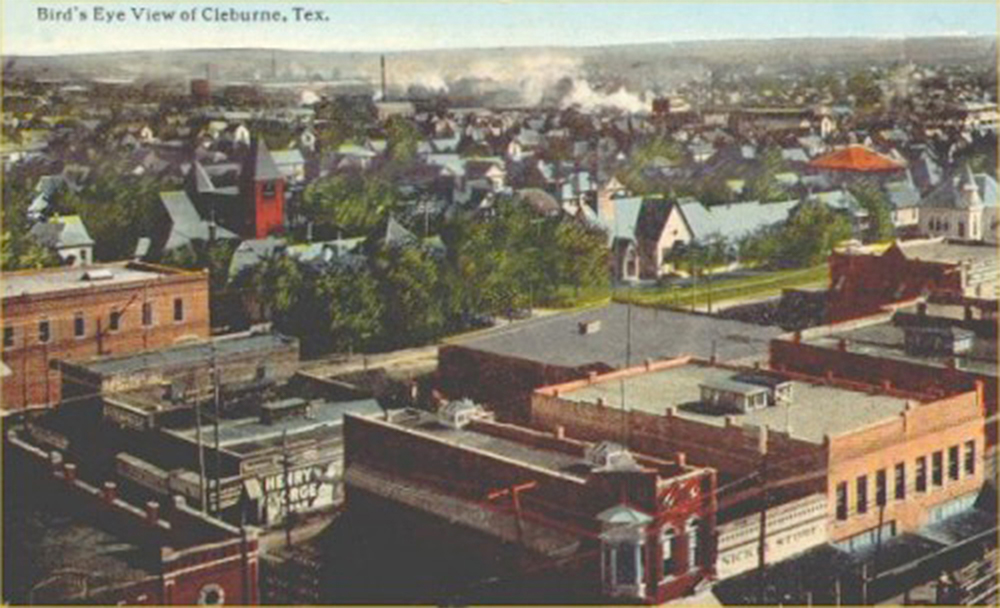The Cleburne Downtown Historic District was approved unanimously and without comment at the State Board of Review on Saturday, May 19, 2018. The nomination will now be packaged by the Texas Historical Commission and forwarded to the National Park Service for final approval and listing. This process should take 2 – 3 months.
In 2016, the City of Cleburne utilized Tax Increment Finance (TIF) funding to initiate an inventory of historic resources in the city’s central business district and to subsequently utilize that data to develop a nomination to the National Register of Historic Place for the Cleburne Downtown Historic District.
The Cleburne Downtown Historic District in Johnson County, Texas is the historic and current urban core of the city. The district, centrally located around the town square and county courthouse, includes significant commercial and public buildings that retain historic integrity reflecting the development of Cleburne from the late 1870’s through the 1960’s. This period encompasses a period of growth in industry, agriculture and community in Cleburne that is momentous in the history of the central Texas town. The Cleburne Downtown Historic District was nominated for the representation of 19th and 20th century building styles that reflect local and national architectural trends and for the district’s role as the commercial and social core of Cleburne. Postwar development was prevalent in Cleburne, with many of the mid-century buildings retaining a high level of integrity. The period of significance spans from 1877 (the date of the earliest building) to 1968, fifty years prior to the nomination of this district.
Architexas conducted research of historical and current data sources to define a proposed study area for the establishment of the district. The project team then conducted a physical inventory of all the properties within the study area utilizing the Texas Historical Commission’s Historic Resource Survey Database. Subject properties were evaluated according to National Register Criteria and keyed to a downtown overlay map to illustrate the final proposed boundaries of the district.
The establishment of historic districts are a valuable tool that help communities improve and revitalize neighborhoods. Owners of contributing buildings are eligible for state and federal historic preservation tax incentives which can offset as much as 45 percent of rehabilitation project costs. Research has proven that these districts lead to increased travel and tourism and have been shown to economically out-perform comparable but undesignated areas.
